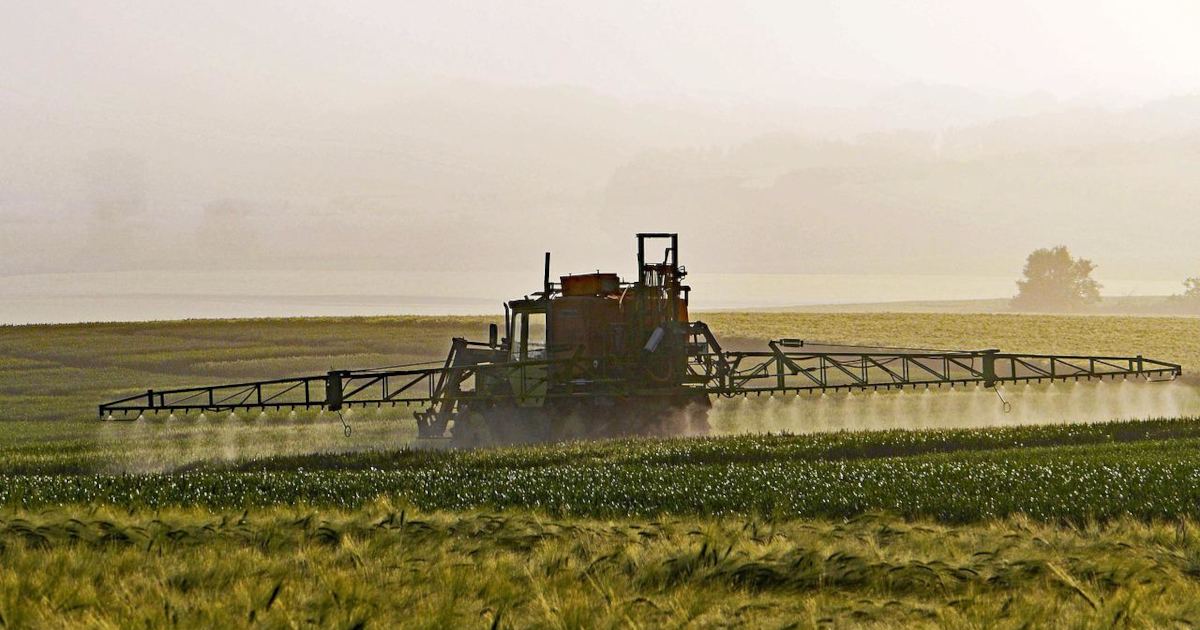
New Large Scale Biomonitoring Results Show Increasing Herbicide Use and Exposure in Pregnant Women in the US
The average level of dicamba herbicide in the urine of pregnant women has increased more than 3-fold since 2017, the year widespread planting of dicamba-tolerant GMO crops began, Heartland Health Research Alliance (HHRA) reported on Tuesday.
April 1, 2023 | Source: Sustainable Pulse | by
The average level of dicamba herbicide in the urine of pregnant women has increased more than 3-fold since 2017, the year widespread planting of dicamba-tolerant GMO crops began, Heartland Health Research Alliance (HHRA) reported on Tuesday.
Dicamba levels in urine have risen dramatically compared to levels of 2,4-D. In 2010-2014, the average level of 2,4-D in urine (0.4 ug/L) was twice the average level of dicamba (0.2 ug/L). But by 2020-2022, the average level of dicamba (0.68 ug/L) exceeded the 2,4-D average (0.575 ug/L) by 18%, despite a 45% increase in the average level of 2,4-D in urine in 2020-2022 since 2010-2014.
Both herbicides are classified as “possible” carcinogens and are known to increase the risk of reproductive problems and adverse birth outcomes.
The percent of urine samples with detectable levels of dicamba rose 50% from 2010-2014 to 2020-2022 as a result of the widespread planting of dicamba-tolerant crops.
